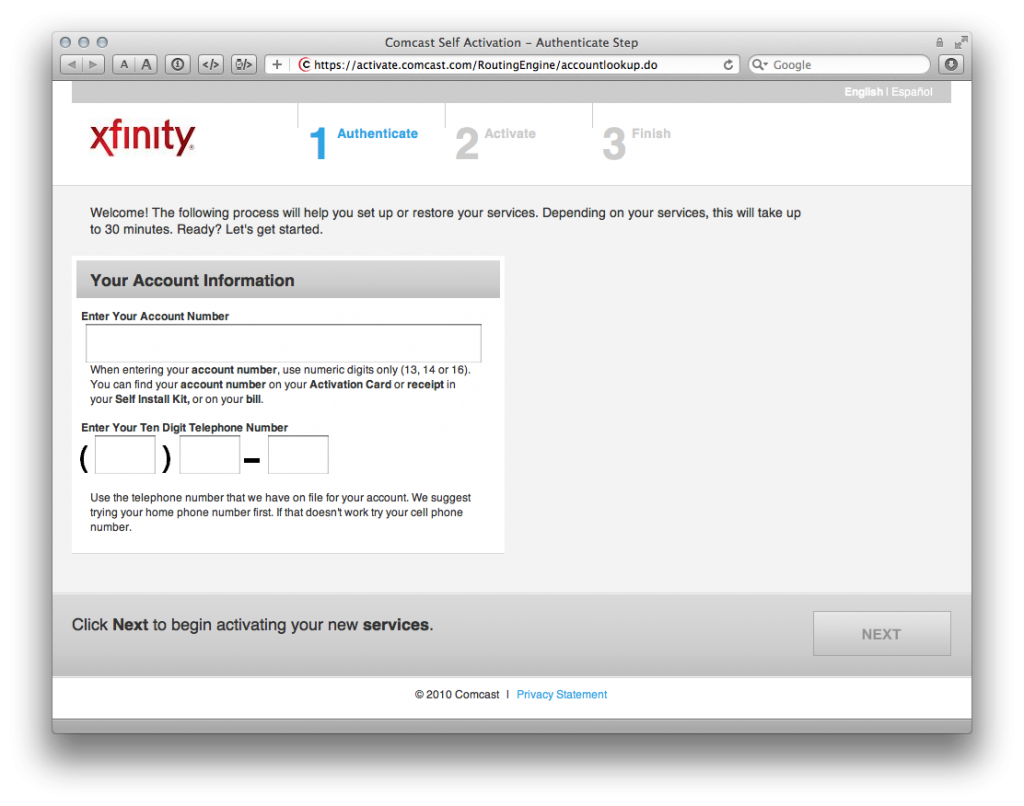[ Harry Shearer]2, the bassist for Spinal Tap, voice talent for many characters in The Simpsons, and host of Le Show has no difficulty criticizing the unnecessary complexities of modern media technology, but not until his August 14 episode (subscribe to the podcast) has he admitted to the frustrations of modern cable. “It’s now easier to watch TV on your computer than on your TV,” says Shearer. Perhaps that’s why Comcast, the leading cable operator in the US, lost 238,000 TV subscribers last quarter, and the company has been seeing its subscriber base shrink for a while (though they’re showing growth in internet subscribers).
Harry Shearer]2, the bassist for Spinal Tap, voice talent for many characters in The Simpsons, and host of Le Show has no difficulty criticizing the unnecessary complexities of modern media technology, but not until his August 14 episode (subscribe to the podcast) has he admitted to the frustrations of modern cable. “It’s now easier to watch TV on your computer than on your TV,” says Shearer. Perhaps that’s why Comcast, the leading cable operator in the US, lost 238,000 TV subscribers last quarter, and the company has been seeing its subscriber base shrink for a while (though they’re showing growth in internet subscribers).
I would have happily credited all of that to changing consumption models and not likely given it any significant attention, except for my recent experience moving across town and bringing my services with me.
We haven’t had a landline for years, so that was easy. I worried it would be difficult to switch our electric service, perhaps even requiring a service call, but PGE took care of everything over the phone. What wasn’t so quick was moving our internet service. Comcast offers a website especially to help people coordinate their move and schedule service changes, but the website made it look like we needed to schedule a service visit at each location and required two-weeks advance notice.
My solution was to try to plug the cable modem in at the new location. Surprisingly, it worked. Well, until it didn’t.
Mid afternoon Saturday my internet service stopped working and I faced the following authentication wall for every page I tried to get to:
Fair enough. I knew I’d need to talk to Comcast eventually, so this wasn’t so much of a surprise, but the call that followed was one of great frustration. Here are some lessons:
- My Comcast account number, the one that appears on the bill I just paid, doesn’t work on that page. I didn’t mis-type it, it’s an undocumented feature of Comcast’s network. Keep reading.
- Comcast has no way to “move” a customer account from one address to another. Instead they told me I needed to create a new account. Even PGE, which delivers my gas and electric over a relatively dumb network of actual pipes and copper, has figured out how to do this.
- My internet worked in the new location because the network recognized my cable modem’s MAC address, accepted it as a registered device on my account, and served traffic to it. This is a glimpse into how Comcast’s network could and should work. The internet stopped working because Comcast cancelled my customer account when the new tenant at my old apartment signed up for service there. That’s another failing of Comcast’s refusal to recognize the difference between customers and service locations.
- Even if Comcast requires me to create a new account for each new address, they could have at least allowed me to self register at their authorization page, just as in-flight wifi works now and cafe wifi worked back when people used to charge for it. Forcing me to call is the sort of thing only a monopoly operator would do, and it’s enough to have me looking for alternatives again.
Some reports claim Comcast enjoys a 70% profit margin on its internet services business, yet they’re violating net neutrality to grow their profits even more. Even more galling, Comcast’s costs are actually declining, yet the company has yet to pass the savings on to their customers either with lower prices or faster speeds at the same price.
If the company wasn’t rolling in money, they’d be forced to reconcile the costs of maintaining a call center and the effectiveness of a workflow that requires that call center. Comcast is free to try to leverage its position to extract increased profits from third parties, but they’d be better off improving their efficiency and product offerings.
